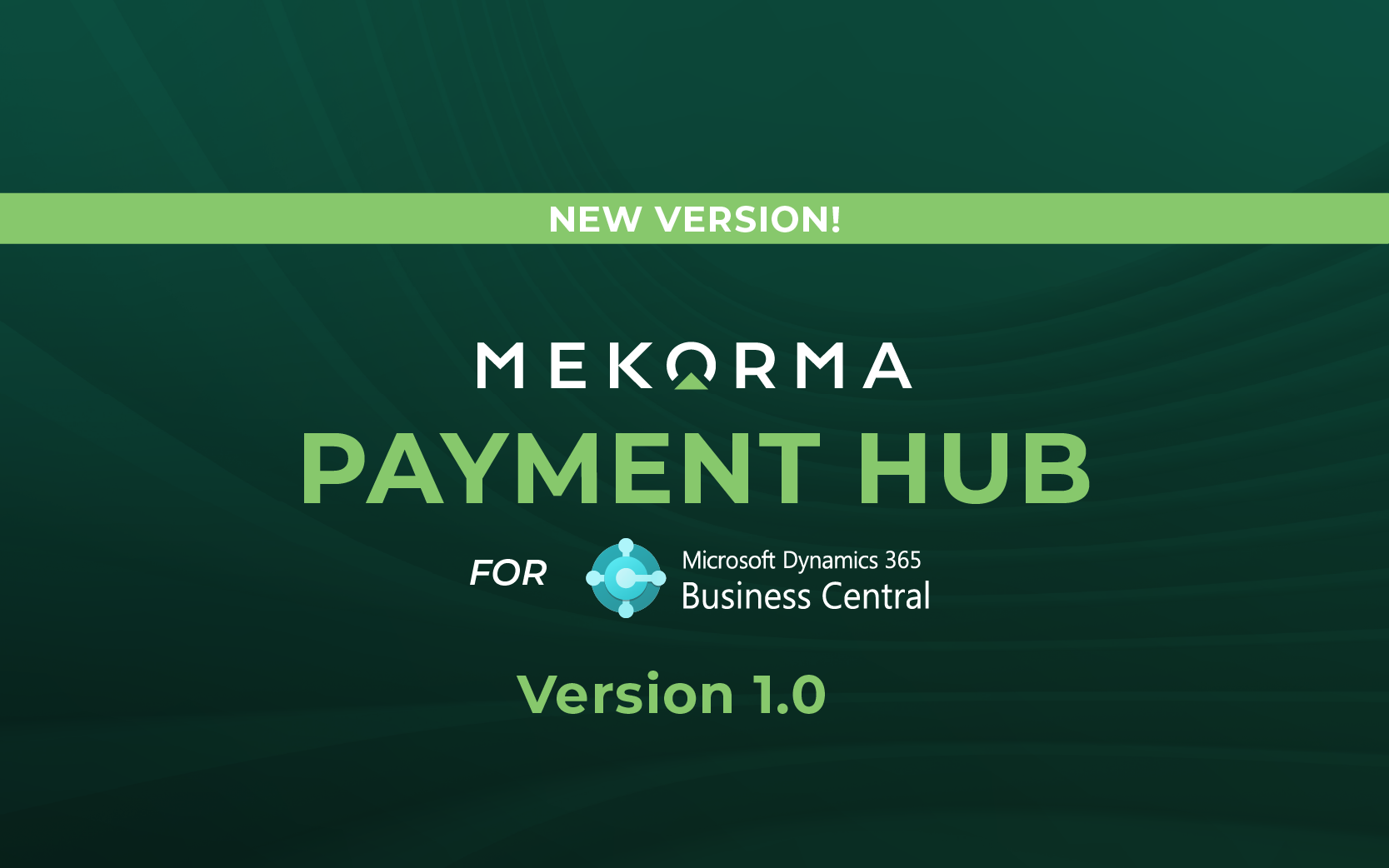Why Vendor Data Is a Daunting Challenge for AP Teams — And How to Fix It

In the world of finance and procurement, Accounts Payable (AP) teams are often caught in the crossfire of competing priorities. One of the more critical tasks that routinely gets passed over is maintaining vendor data. Cleaning up vendor data may sound easy, but we will be the first to say that it is anything but simple. For AP teams, it is one of the most time-consuming—and overlooked—tasks out there.
So, what’s the problem anyways?
From onboarding to payment, vendor data is the driver behind the AP process. Frequently, it’s riddled with problems: names, addresses, outdated banking information, payment terms, duplicate records, incorrect tax IDs (TINs), and missing contact information. These crucial bits of information are commonly in need of an update. Incorrect data is an easy way to cause payment delays, compliance risks, or even fraud exposure. Why is it so hard to fix? Because vendor data is:
Fragmented: It comes from emails, spreadsheets, other ERPs, or over the phone.
Inconsistent: Different departments have partial data important to them—there is no single source for accurate data.
Trapped in legacy systems: Many systems are outdated and don’t have modern conveniences to assist with the slow, manual efforts of data cleanup.
Nobody’s job: Data ownership is often unclear. Without accountability, maintenance falls through the cracks.
Improving and maintaining your data is important—especially with growing regulatory requirements, but many AP teams are simply too overwhelmed to tackle it.
Onboard vendors the right way
The key to clean vendor data? Develop a strong onboarding process. The most surefire approach would be to get and use a W9 whenever possible. If that’s not an option, follow these Mekorma-approved best practices and you will immediately see the benefits of quality vendor data:
Centralize intake with standardized forms that make sure you get key information such as tax IDs, bank details, and contact info.
Use automation to validate tax IDs, names, and addresses.
Segregate duties so that no one person is responsible for managing vendor records.
Perform routine compliance reviews to ensure your data is comprehensive. Document the onboarding process and ensure stakeholders are trained on it.
Solid onboarding doesn’t just cut out bad data—it protects you from fraud and audit issues. Government organizations don’t care why your data is bad—they only care that you follow the rules. It is your responsibility to ensure your data is correct.
What can AP teams do?
Improving your vendor data isn’t just a task that can be accomplished in one afternoon—it is a project that requires alignment to ensure ongoing compliance. It also requires a shift in mindset and tools.
Assign clear ownership of vendor master data.
Create ongoing data review processes, not just one-off cleanups.
Make it cross-functional by involving Procurement, AP, IT, and other teams from day one.
Invest in automation tools to improve accuracy.
How can Mekorma help?
Here at Mekorma, we take our data seriously—and so should you. Mekorma Vendor Validation is a tool that helps you identify incomplete and bad data before it becomes a problem. Our validation shows you where to make updates to ensure it is compliant for both legal reasons and for data cleanliness. Mekorma Vendor Validation focuses on three key aspects of your vendor data:
Verify a vendor’s TIN with the IRS, ensuring its validity.
Compare vendor data with the OFAC Sanctions List. This list includes entities you must avoid doing business with because they are sanctioned by that office.
Validate addresses with Google Address Validation and the USPS for US-based vendors.
For more information on getting started with Mekorma Vendor Validation, check out our brochure.
Final thoughts
Cleaning up vendor data, while daunting, also provides a huge opportunity. Using better processes and tools allows you to be proactive with your vendor data management instead of reactive. With a little time, focus, and alignment, your master data will be unbeatable. This means fewer headaches, fewer disruptions in getting goods, better compliance, faster payments, and a smoother experience for your vendors.
Need help getting started? Contact us today!


